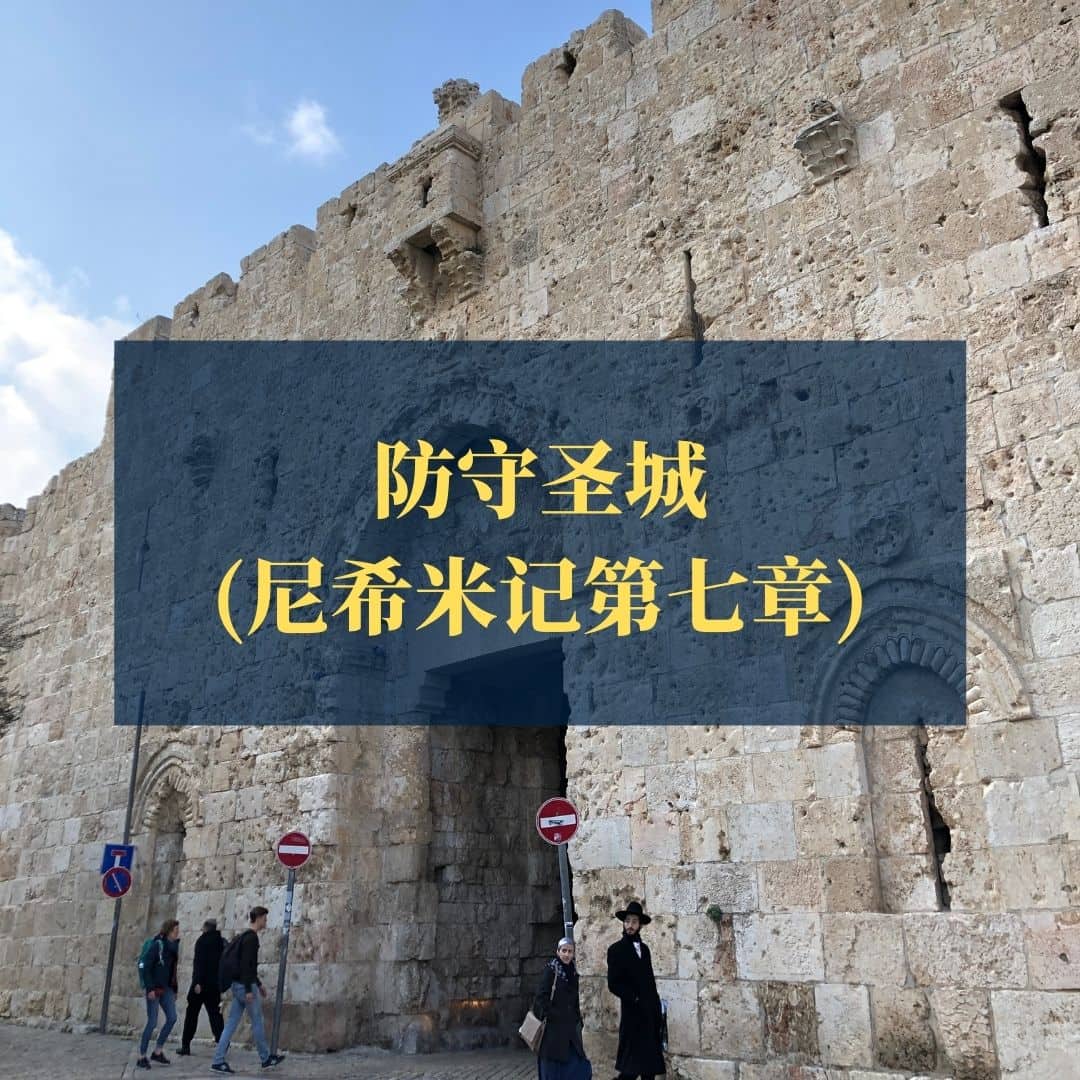
- 看见耶稣的本质
- 看见耶稣是神的羔羊
- 看见耶稣是弥赛亚
- 看见耶稣能够改变我们的人生
- 看见耶稣在寻找我们
- 看见耶稣知道我们的内心
- 看见耶稣是神的儿子,我们的王
- 看见耶稣是连接天地的天梯
- 我们应该有什么回应


地点:德州丰盛恩友堂
亲爱丰盛恩友堂的弟兄姊妹主内平安。我的名字叫Ken杨全荣。在马来西亚华生长。现在达拉斯神学院进修,在科林郡恩友堂聚会和学习服事主。我感谢主给我有机会与弟兄姊妹分享神的话。也谢谢吴牧师愿意冒风险,给我有机会服事。我是一个极骄傲的人。在年轻的时候只信自己,否认神的存在。但主没有放弃我,祂不断地寻找我,二十多年前把我带到美国,在这里听见福音,蒙恩得救。信主之后,我就开始参与教会的服事。在服事过程中,有时会遇见难处。在跟随主的道路里,不但在教会里有难处,在人生里,也遇见难处。有些难处使我觉得很非常软弱,有些难处大到我几乎没有能力跟谁主和服事主。
你呢?我相信,你跟随主也曾经遇见许多的艰难。可能你现在就正在经历一个难处。你的难处可能是你所爱的亲人离开世界了,你活在悲伤里,没有能力向前走。你的难处可能是要与疾病争战,你的身体有软弱,你没有能力向前走。你可能是因为在教会里服侍遇见难处,和同工不合,或者没有被教会重视,你觉得对教会灰心,你觉得灵里软弱,没有能力向前走。你可能面对经济的压力,一方面你要养家,一方面你要为孩子预备大学的费用,一方面你要为自己的退休打算,你心里疲惫,没有能力向前走。你可能正在与罪争战,有一个罪你一直不能胜过,你觉得自己很软弱,没有能力胜过这个罪。在跟随主的道路上,当我们有软弱的的时候,如何能够从新得力呢?
我今天要与弟兄姊妹分享的题目是认识天父的心意。信息的主要思想是认识天父的心意能够帮助你从软弱中重新得力。认识天父的心意能够帮助你从软弱中重新得力。我们今天的经文是以弗所书一15-23。以弗所书一15-23是一个祷告。使徒保罗在以弗所书里有两个祷告,这是第一个祷告。从以弗所书一15-23里,我们学习认识天父的心意的三件事。
我们开始前先有一个祷告。慈爱的天父,谢谢你爱我们,把主耶稣赐给我们,使我们成为你的儿女。我们求你安静我们的心,让我们来到你的施恩宝座前,聆听你的话语。我们在跟随主的路上遇见许多的难处,许多的压力,许多的失望,许多的无助,我们需要你的话语来鼓励我们。求你将把那赐人智慧和启示的灵赏给我们,使我们真知道你的心意。好让我们在软弱中能够重新得力跟随主耶稣。奉耶稣基督得胜的名祷告,阿门。

神复兴以色列,除了要建造城墙(6:16),还兴起忠心又敬畏祂的领袖带领百姓保护圣城,抵挡仇敌,和感动(7:5) 尼希米数算百姓,使有家谱的选民能够以信心住各城内(7:6,73;8:1) , 承受神应许的产业。… Read the rest

This paper will address the topic of parachurch and will … Read the rest

This paper will address the topic of the seven church … Read the rest